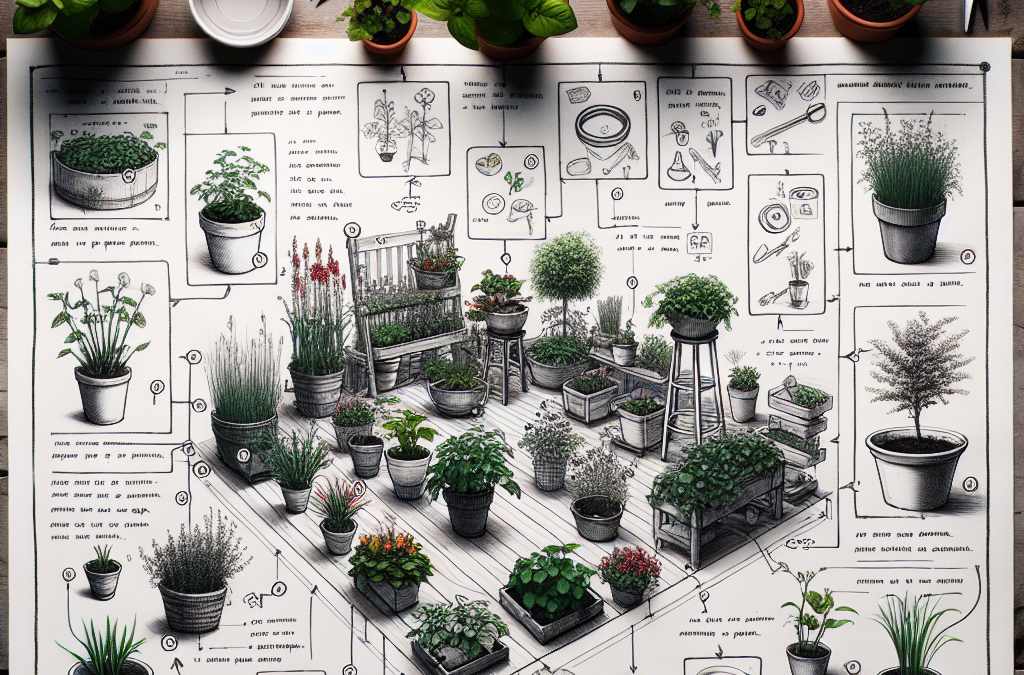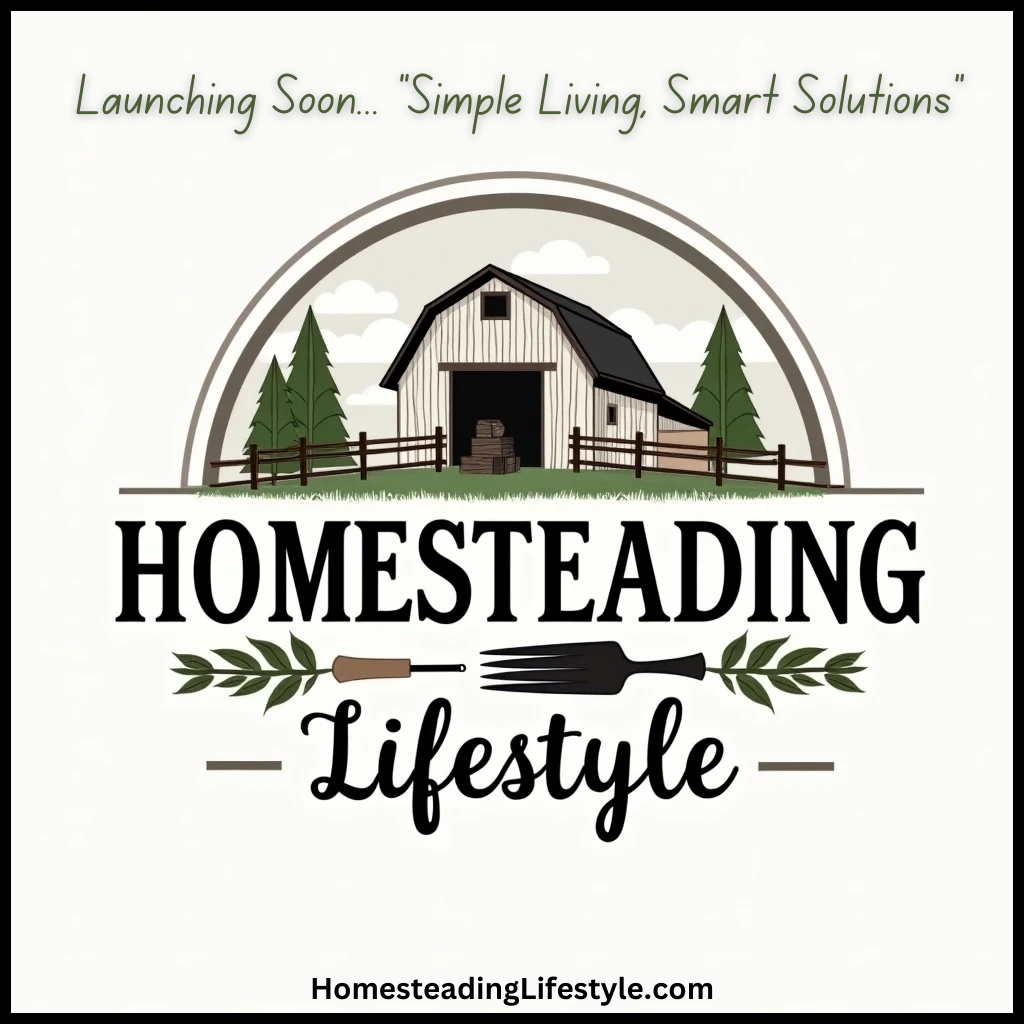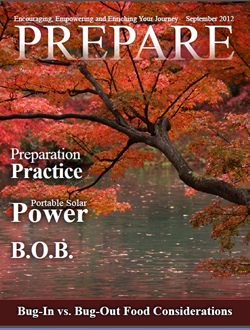Hey there, fellow green thumbs! I can’t tell you how fulfilling it is to grow your own plants, even if you’re strapped for space. Over the years, I’ve dabbled in all sorts of gardening techniques, and container gardening is hands down my favorite, especially for those of us in smaller living spaces. So, let’s dive into my top tips for starting a container garden that’s not just successful but also a joy to tend to.
Selecting the Right Containers
Types of Containers
First things first, you’ll want to choose the right type of container. I remember when I started; I had a mishmash of pots and bins that didn’t really match or fit well. You can use anything from traditional terra cotta pots to colorful plastic containers. Even old buckets or wooden crates can work wonders! Just ensure they have drainage holes to prevent waterlogging.
Terra cotta pots are fantastic because they’re porous, which helps manage moisture levels. However, they can dry out quickly, so keep an eye on them. On the flip side, plastic pots are super lightweight and come in a ton of shapes and colors, making them great for that personalized touch.
Don’t shy away from experimenting either. I’ve found that the more unconventional my container, the more fun my garden becomes. Just remember to consider the size and depth based on what you plan to grow.
Sizes and Shapes
When I first started, I just grabbed anything I could find! But I soon realized that the size and shape of the container matter a lot based on the plants you want. For instance, deep-rooted plants, like carrots, need deeper containers, while herbs can thrive in shallower ones. Aim for the right proportions.
It’s also super fun to mix and match shapes. Tall, narrow pots look great on a balcony, while round, wider containers can be perfect for larger entries. Experimenting with height can create a dynamic look and better utilize your space.
Trust me; variety is the spice of life! Mixing different sizes can lead to a vibrant display that’s not only edible but also visually appealing.
Drainage Considerations
One of the biggest pitfalls I encountered was neglecting drainage. A container with poor drainage can sabotage all your gardening efforts. Always ensure that your chosen containers have adequate holes at the bottom. If not, a simple drill can do the trick!
If you’re feeling crafty, consider adding a layer of rocks or gravel at the bottom before adding soil. This helps further with drainage and allows you to reuse those awkward small containers that might otherwise be useless. It’s a little trick that works wonders!
Remember, excess water can lead to root rot, which is a nightmare for any gardener. So, make drainage a priority, and you’ll thank yourself later.
Choosing the Right Soil
Quality Potting Mix
Not all dirt is created equal! When it comes to container gardening, I highly recommend investing in a quality potting mix instead of digging up that old garden soil. Potting mixes are formulated with light materials like peat moss, perlite, or vermiculite, which promote drainage and aeration.
It took me a while to realize the importance of good soil! A potting mix provides the essential nutrients your plants need to thrive in a confined space. Check your local garden center or buy online for the best options.
Also, keep an eye out for organic mixes. They’re often loaded with beneficial microorganisms and nutrients, making them perfect for a lush container garden.
Mixing Your Own
If you’re feeling adventurous (and believe me, I always am!), you might want to try mixing your own soil. I mix equal parts of potting soil, compost, and perlite to create a blend that’s lightweight, rich in nutrients, and promotes optimal drainage.
Another option I love to add is worm castings. Seriously, they act like a powerhouse of nutrients! Plus, it’s a way to recycle kitchen scraps, which is a win-win in my book.
Just remember, experimenting with your soil mix can be a bit of trial and error, but soon enough, you’ll find a combination that works perfectly for your plants!
Fertilizing Your Plants
Regular fertilization is something I’ve learned to prioritize. Container plants often rely heavily on nutrients found in their soil, and since space is limited, they can deplete those nutrients pretty fast. I like to use a slow-release fertilizer to keep things easy.
Liquid fertilizers can also be beneficial, but I’ve found that I prefer the convenience of slow-release mixes, especially during the growing season. It’s just so handy to sprinkle some on and let it do its thing without constant maintenance.
Every few weeks, I’ll check in on my plants. If they’re looking a little sluggish, a bump of fertilizer might just be what they need to perk up and thrive!
Selecting Your Plants
Herbs and Vegetables
Container gardening is super adaptable, which allows you to plant whatever strikes your fancy! I’ve found herbs to be perfect starter plants. They’re accommodating and provide such a fragrant delight right in my kitchen!
Growing vegetables like tomatoes or peppers can absolutely transform your cooking. Just ensure you’re getting varieties that are bred for containers, as they’re generally more compact yet still fruitful.
Also, be sure to consider companion planting. I’ve had success pairing basil with tomatoes. Not only do they look great together, but they also benefit from each other’s growth! It’s a win-win.
Flowers for Boosting Beauty
Adding flowers to your container garden is such an effective way to brighten up your space. I tend to choose colorful blooms that attract pollinators. Marigolds, petunias, and geraniums have stolen my heart; their colors vibrate with life!
Don’t forget to consider your local climate when selecting flowers. Some thrive in sunny conditions, while others prefer partial shade. A little research helps, and it can turn your garden into a blooming paradise.
Creating a garden that’s visually pleasing alongside being functional is all about balance. Layering different flowering plants can also create depth, and who doesn’t want a little pizzazz in their urban jungle?
Succulents for Low-maintenance Options
If you’re like me and sometimes forget to water, succulents are your best friends! They require minimal care and add a gorgeous touch of green to any corner of your space. I love cascading varieties; they look enchanting as they trail down the sides of a pot.
You can mix and match varieties as well. Succulents come in beautiful colors and shapes, allowing you to create unique arrangements that spark joy every time you glance at them.
Just keep in mind that they prefer well-draining soil and lots of sunlight! I’ve created an entire shelf of just succulents, and it rarely requires much attention; they truly are a gardener’s dream.
Maintaining Your Container Garden
Watering Techniques
Watering can make or break your container garden. I’ve learned the hard way that containers can dry out more quickly than a traditional garden bed. A routine where I check my plants daily has helped a ton. I recommend sticking your finger into the soil about an inch deep; if it’s dry, it’s time for a drink!
Consider the container material, too. Some, like terracotta, absorb moisture, meaning you might need to water them more frequently compared to plastic pots.
If you’re out and about and worried about your plants drying out, investing in self-watering containers can help alleviate some stress and keep your vegetables hydrated over the weekend!
Pest and Disease Management
Dealing with pests is a reality for gardeners. I’ve faced aphids, spider mites, you name it! But a proactive approach helps. I like to inspect my plants regularly and keep a close eye on any odd colors or webbing.
If I spot anything concerning, a good rinse with water or a homemade soap spray usually does the trick. Also, introducing beneficial insects like ladybugs can naturally keep those pesky ones at bay!
Don’t forget about fungal issues, too. Air circulation is crucial, so avoid overcrowding your pots, and consider using organic fungicides as a backup plan if things get out of hand.
Seasonal Adjustments
As the seasons change, so should your gardening strategies. I love seasonal planting! In spring and summer, I fill my containers with vibrant, sun-loving plants. As fall rolls around, I swap in varieties that can tolerate cooler temps.
Always check your local frost dates; knowing when to bring your tender plants inside can save them from an untimely end! It’s a bit like knowing when to wear your favorite sweater; it just feels right.
Planning for seasonal shifts helps keep your garden thriving year-round, and it’s such a rewarding experience to witness. Remember, a little maintenance can lead to a flourishing garden that changes beautifully with the seasons!
Conclusion
Starting a container garden in small spaces can open up a world of green possibilities for you. With the right containers, soil mix, and selection of plants, keeping a thriving garden is not only achievable but also a fulfilling endeavor. Embrace the process, experiment a little, and before you know it, you’ll have your own vibrant oasis, no matter how tiny your space. Happy gardening!
Frequently Asked Questions
1. Can I use regular garden soil for container gardening?
No, it’s best to use a quality potting mix designed for containers. Garden soil can compact too much in pots, leading to poor drainage and root health.
2. How often should I water my container plants?
Check the soil every day or two. Water when the top inch is dry. The frequency will depend on the plant type and the season.
3. What are the best plants for a small container garden?
Herbs, small vegetables (like peppers and tomatoes), and even flowers like marigolds and petunias thrive in containers and are great for limited spaces.
4. How do I prevent pests in my container garden?
Regularly inspect your plants, maintain good air circulation, and consider using natural pesticides. Introducing beneficial insects can also help with pest control.
5. Can I move my container garden indoors during winter?
Absolutely! Just ensure that the plants you choose can handle the lower light levels and that you monitor their water needs. Some plants may need to be brought in before the frost hits.





